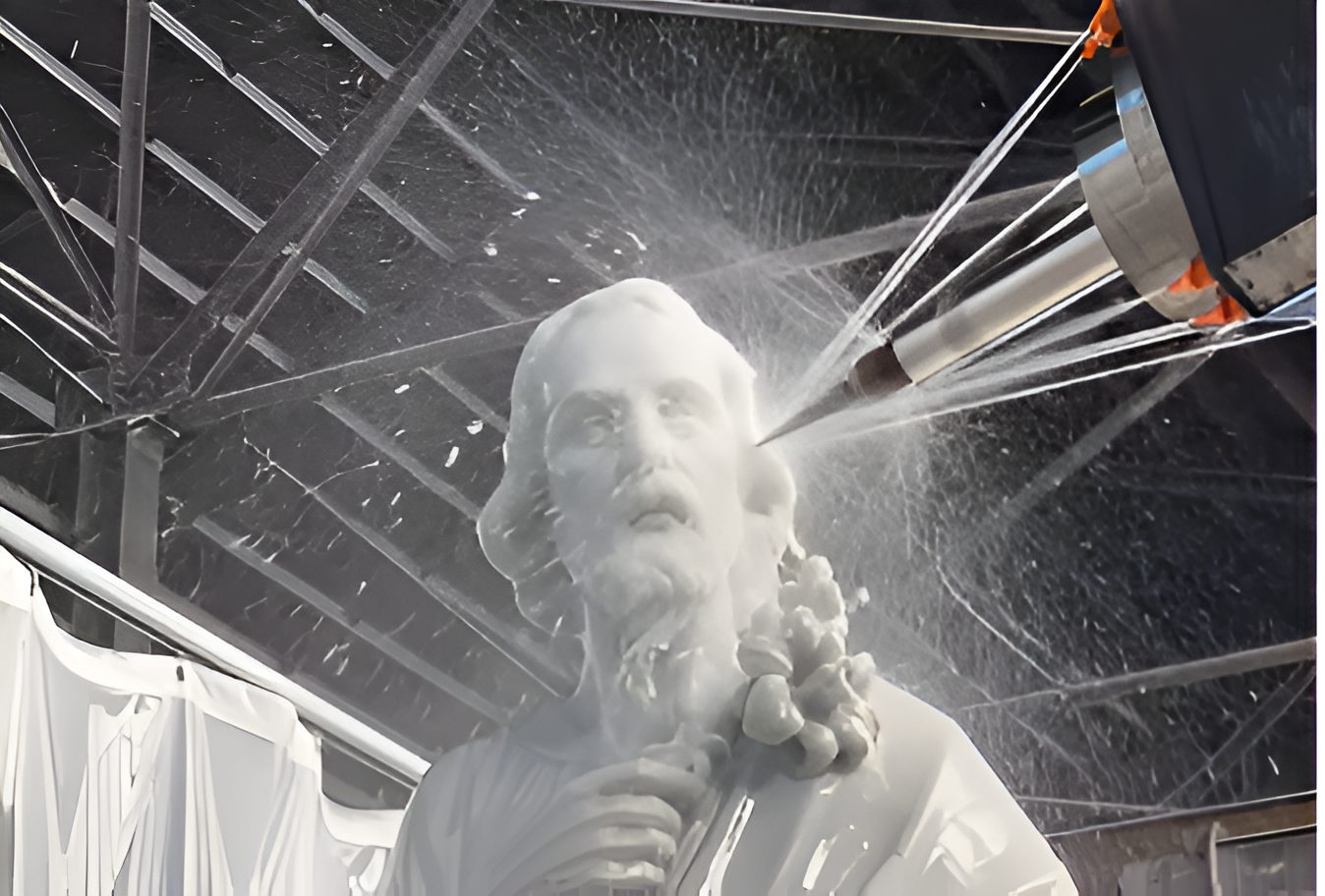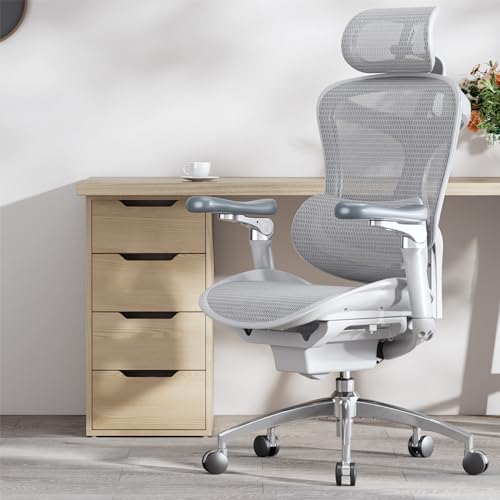Exploring the ingenuity of early human transportation reveals a fascinating array of vehicles that shaped history in profound ways. From massive Greek siege engines, which were designed to breach the walls of fortified cities, to intricate ancient submarines that hinted at the advanced understanding of buoyancy and pressure, these remarkable designs showcase the incredible creativity and resourcefulness of our ancestors. Each of the 15 vehicles not only served a practical purpose but also reflected the cultural and technological advancements of its time, illustrating how human innovation has continually evolved to meet the challenges of transportation throughout the ages.
15. The Greek Trireme
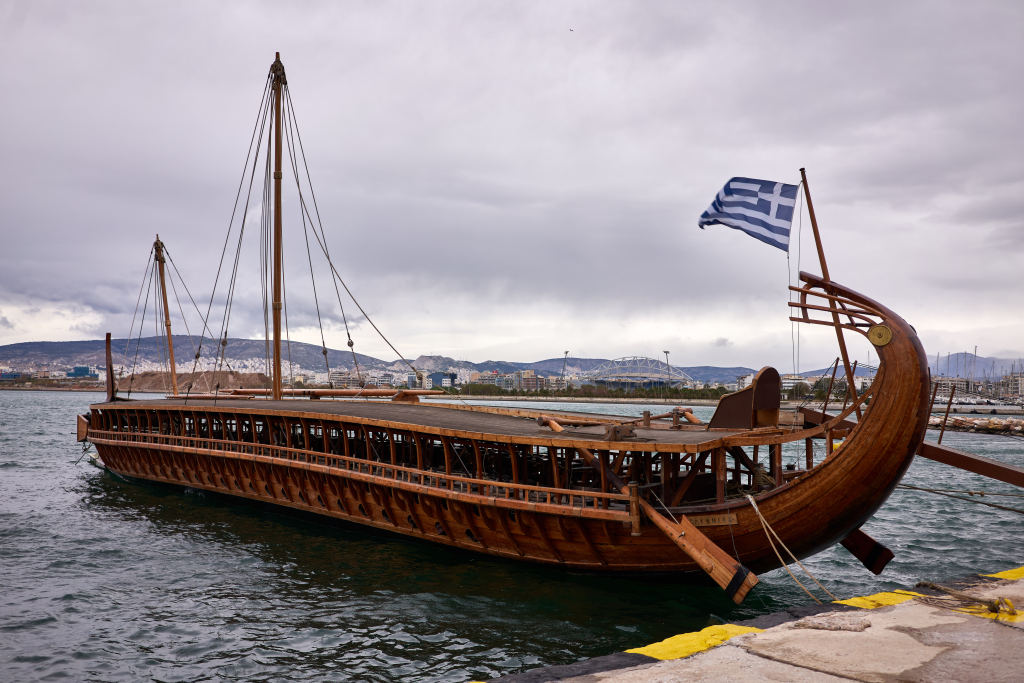
The Greek Trireme was a remarkable vessel that epitomized the naval prowess of ancient Greece. Known for its combination of grace, speed, and maneuverability, it was the most powerful warship of its era. The trireme’s design featured three tiers of oarsmen, each with specialized roles, allowing for efficient propulsion and navigation. Despite the detailed artistic representations found in ancient art, the precise mechanics of the trireme have been a subject of debate among historians.
Reconstruction efforts, notably by scholars like John Morrison and John Coats, have shed light on the trireme’s design. Their full-scale reconstruction, named Olympius, demonstrated the feasibility of the three-banked system during sea trials. This innovative design allowed the trireme to harness wind power through sails, enhancing its capabilities in naval warfare.
14. Assyrian Siege Towers
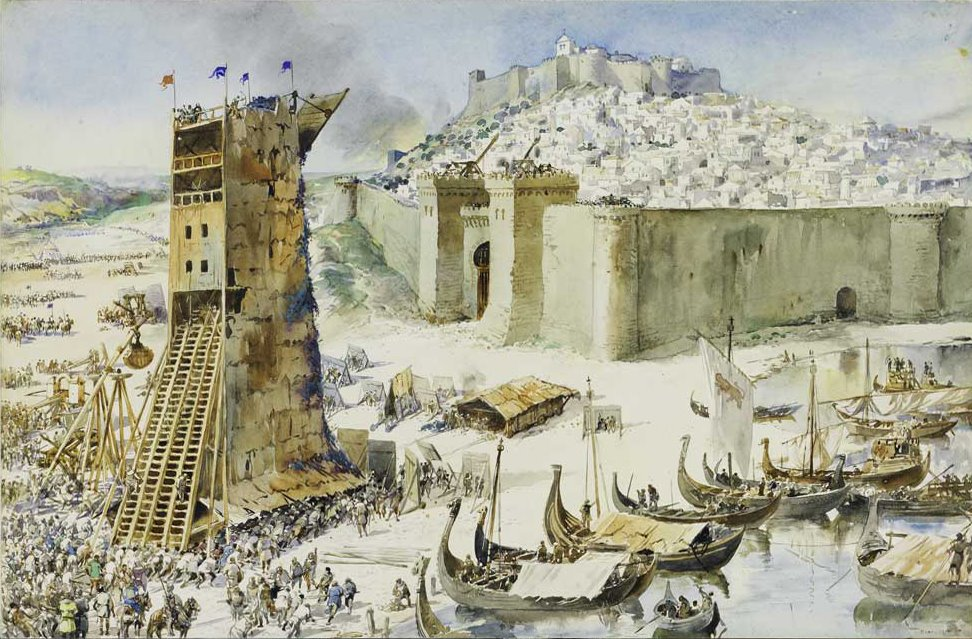
The Assyrian Siege Towers were a significant advancement in ancient warfare, utilized since the 11th century BC. These mobile fortresses were designed to alter the dynamics of siege warfare, allowing armies to breach fortified walls. The largest siege tower, used during the Siege of Rhodes in 305 BC, stood an impressive 130 feet tall and was manned by around 200 soldiers.
Constructed primarily of wood, these towers featured multiple levels filled with archers and slingers, equipped with catapults and ballistae. The strategic impact of these towers was profound, combining ground-level assaults with aerial capabilities, fundamentally altering siege tactics and challenging defenders’ traditional advantages.
13. The Currach
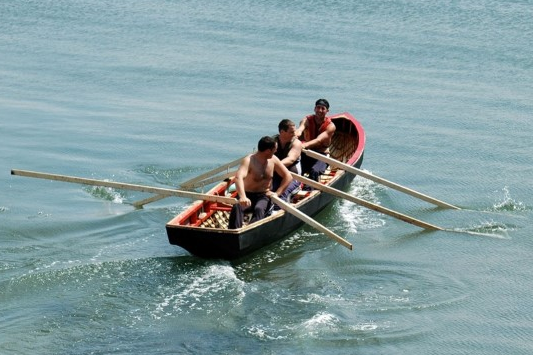
The Currach is an ancient Irish boat type known for its unique construction using animal skins stretched over a wooden frame. This versatile vessel was capable of navigating both sea and inland waters, showcasing the ingenuity of early Irish boatbuilders. Its design has roots dating back to ancient times, influenced by Neolithic settlers who utilized similar hide-covered boats.
Over centuries, the currach’s construction evolved, blending elements of hide-covered basketry and wooden shipbuilding techniques. Despite its ancient origins, the currach remains in use today, crafted with modern materials like canvas, serving as racing boats and a testament to Ireland’s rich maritime heritage.
12. La Marquise
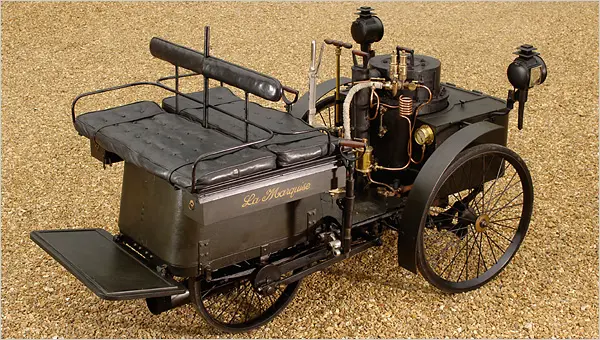
Crafted in 1884, La Marquise stands as a remarkable relic from the dawn of the automobile era. This pioneering quadricycle featured a stable four-wheel layout, offering enhanced balance and maneuverability. Unlike many early automobiles, La Marquise included a cloth roof, providing protection from the elements and a more comfortable cabin space for passengers.
Despite its antiquity, La Marquise was a functional vehicle capable of achieving speeds of up to 38 miles per hour. Its participation in racing competitions and subsequent accolades at auctions highlight its enduring legacy, symbolizing the convergence of automotive innovation and craftsmanship.
11. Scythe Chariots
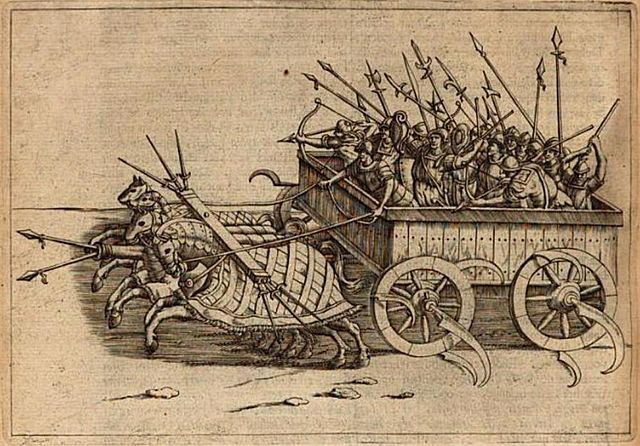
The Scythe Chariot was a daring innovation in ancient warfare, adorned with lethal scythe blades extending from its wheels. Originally attributed to Persian ingenuity, this vehicle aimed to disrupt enemy ranks by plowing through them. However, maneuvering such a weapon required discipline and coordination, and skilled infantry could effectively evade its onslaught.
Despite its fearsome appearance, the Scythe Chariot gradually faded from use, with its last recorded appearance at the Battle of Zela in 47 BC. Variants featuring lancers mounted on agile horses emerged, highlighting ongoing attempts to refine and adapt the chariot concept for greater effectiveness on the battlefield.
10. Pentaconter
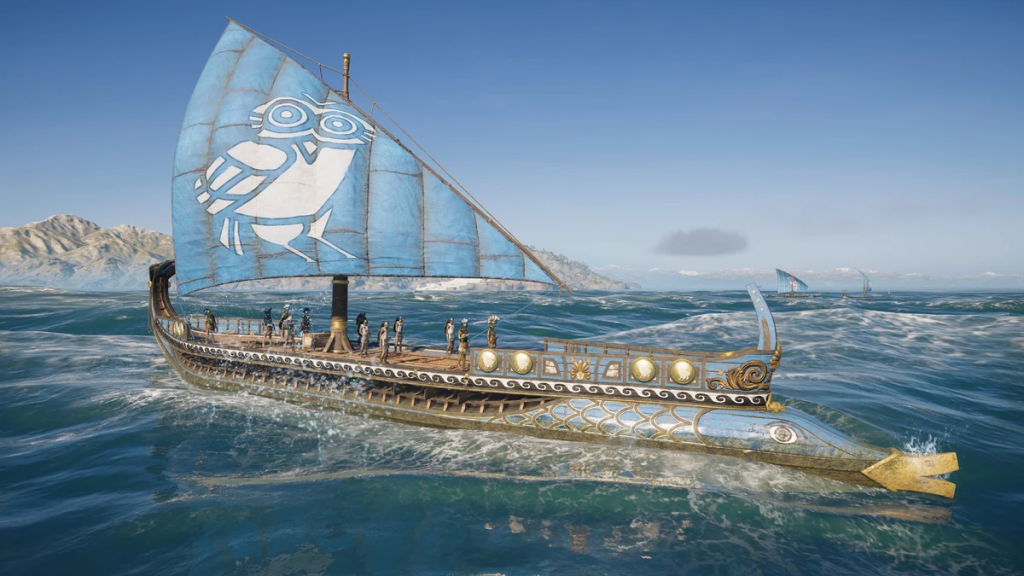
The Pentaconter, an ancient Greek galley, was notable for its dual role as both a merchant ship and a warship. Propelled by 50 oarsmen, this vessel offered impressive speed and maneuverability. Its open construction facilitated ease of movement for rowers, making it adaptable for carrying troops or engaging in naval combat.
Scholars estimate that the pentaconter ranged from 93 to 110 feet in length, capable of achieving speeds of up to 9 knots. Its evolution into more sophisticated warships underscores its foundational role in naval history, influencing subsequent ship designs.
9. Minoan Ships
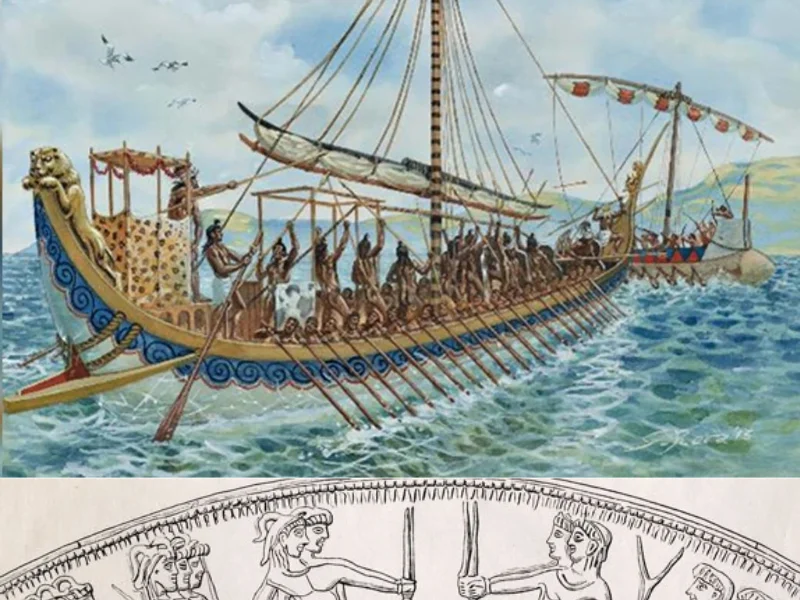
The Minoans were renowned for their maritime prowess, employing sophisticated construction methods to craft seaworthy composite ship hulls. Their innovative use of natural materials, particularly linen cloth and pine resin, created lightweight yet durable vessels. This technology was remarkably advanced for its time and wouldn’t resurface until the 1950s AD.
Minoan shipbuilding involved constructing a wooden hull frame onto which linen cloth was tightly applied, creating a waterproof seal. This technique not only reduced the overall weight of the vessel but also improved hydrodynamics, enabling greater speed and maneuverability on the open seas.
8. Bou Machine
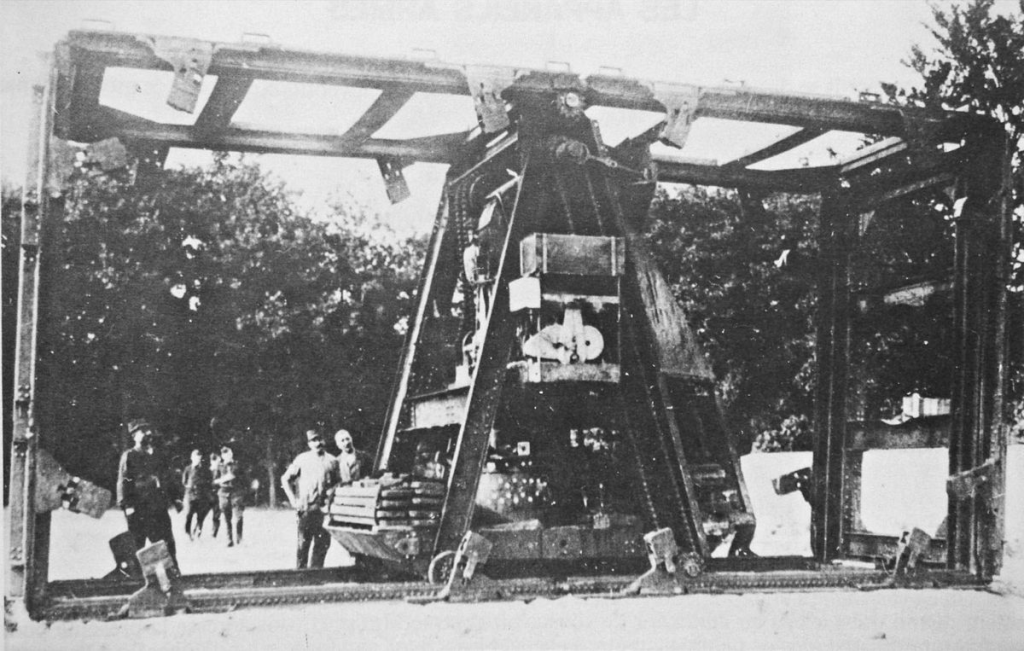
The Bou Machine, developed in France during World War I, represented a pioneering attempt to address the challenges of trench warfare. Designed to navigate irregular terrain and flatten obstacles, this early experimental landship featured a unique track system and was intended to shield soldiers from enemy fire.
Despite its innovative design, the Bou Machine faced significant challenges during testing, including fragility and limited maneuverability. Ultimately, the project was abandoned as military leaders sought more viable alternatives, but it laid the groundwork for future armored vehicles.
7. Atakebune
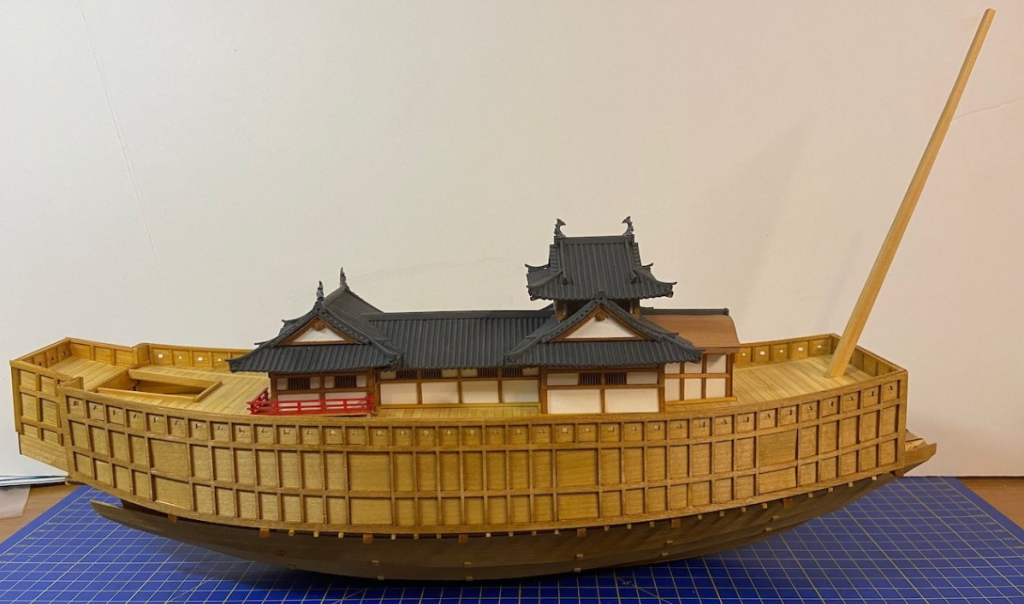
The Atakebune were prominent Japanese warships of the 16th and 17th centuries, resembling floating fortresses rather than conventional warships. Constructed during a time of intense competition among feudal lords, these vessels played a pivotal role in Japan’s internal conflicts, showcasing the ingenuity of Japanese naval engineering.
Crafted with iron cladding, the Atakebune were resilient against cannon fire and fire arrows. However, their impressive appearance belied practical challenges, including structural deficiencies that compromised their durability. Their role in pivotal naval engagements underscored their significance in the evolving nature of naval warfare in East Asia.
6. Korean Turtle Ships
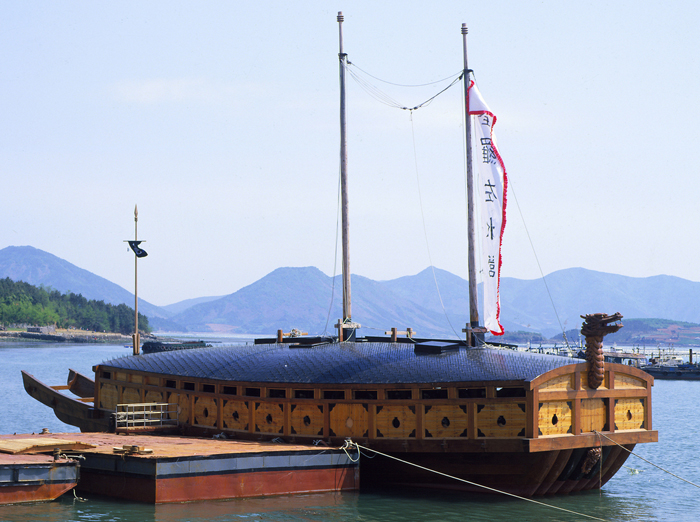
The Korean Turtle Ship, known as Geobukseon, was a remarkable warship employed by the Korean Joseon Navy. Designed during the late 16th century, these vessels were credited with devastating effectiveness against Japanese forces during the invasions of Korea.
One of the mysteries surrounding the Turtle Ship is its alleged use of metal plating. While some historical accounts suggest ironclad armor, an ongoing debate exists regarding the authenticity of this claim. Regardless, the Turtle Ship’s innovative design and array of weapons made it a formidable adversary in naval combat.
5. War Elephants
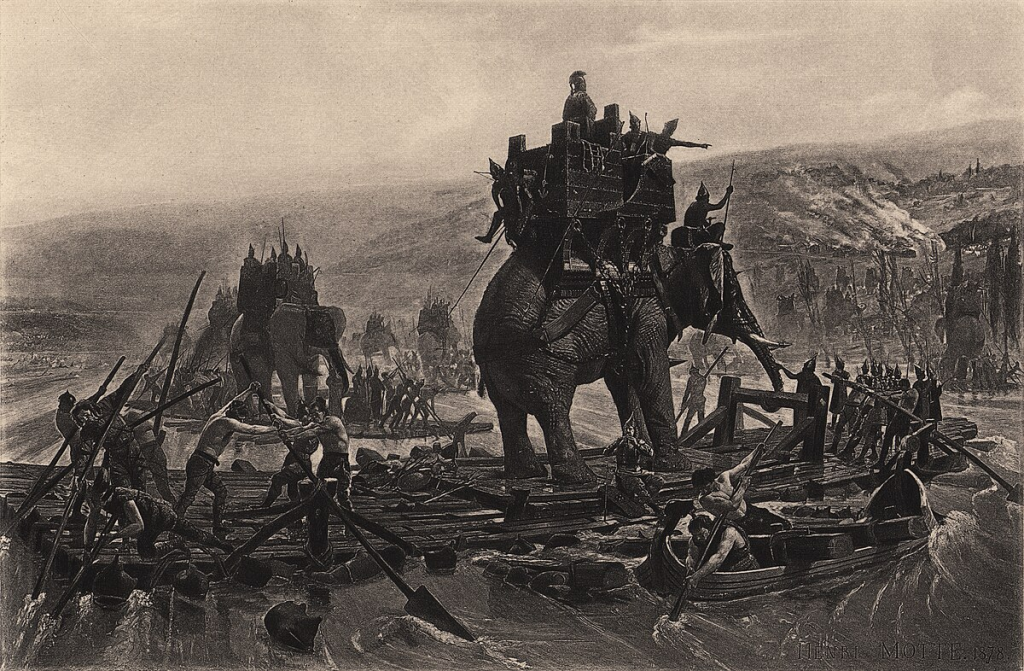
War Elephants were majestic creatures trained for combat, playing a pivotal role in ancient warfare across various cultures. These towering beasts, guided by skilled mahouts, could charge through enemy ranks, instilling terror and altering the course of battles.
Prominently utilized in regions like ancient India, war elephants showcased their military significance throughout classical antiquity. Despite their formidable reputation, they had notable weaknesses, and clever tactics were employed to disrupt elephant units on the battlefield.
4. Cugnot’s Steam-Powered Vehicle
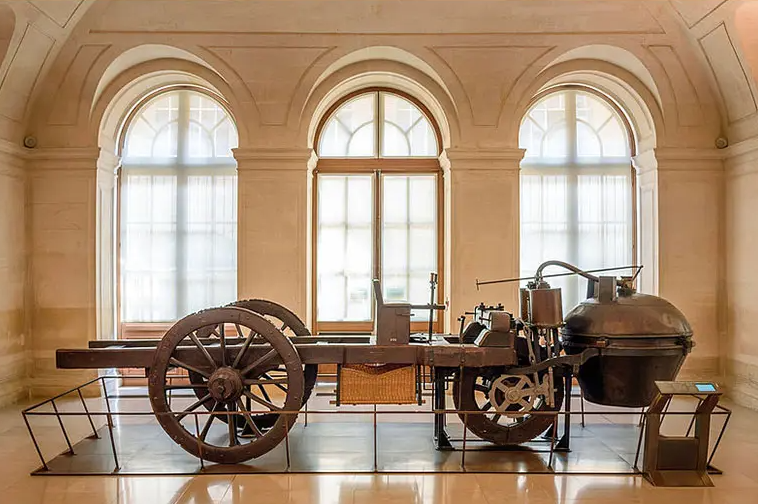
Nicholas Joseph Cugnot’s steam-powered vehicle, created in 1769, represents a bizarre yet pioneering chapter in automotive history. Intended to haul heavy artillery, this early contraption was beset with practical challenges, including a lack of effective controls and a cumbersome design.
Despite its shortcomings, Cugnot’s invention laid the groundwork for future innovations in automotive engineering. His contributions were recognized by King Louis XV, highlighting the eccentricity and audacity of early automotive pioneers.
3. Tessar Contes
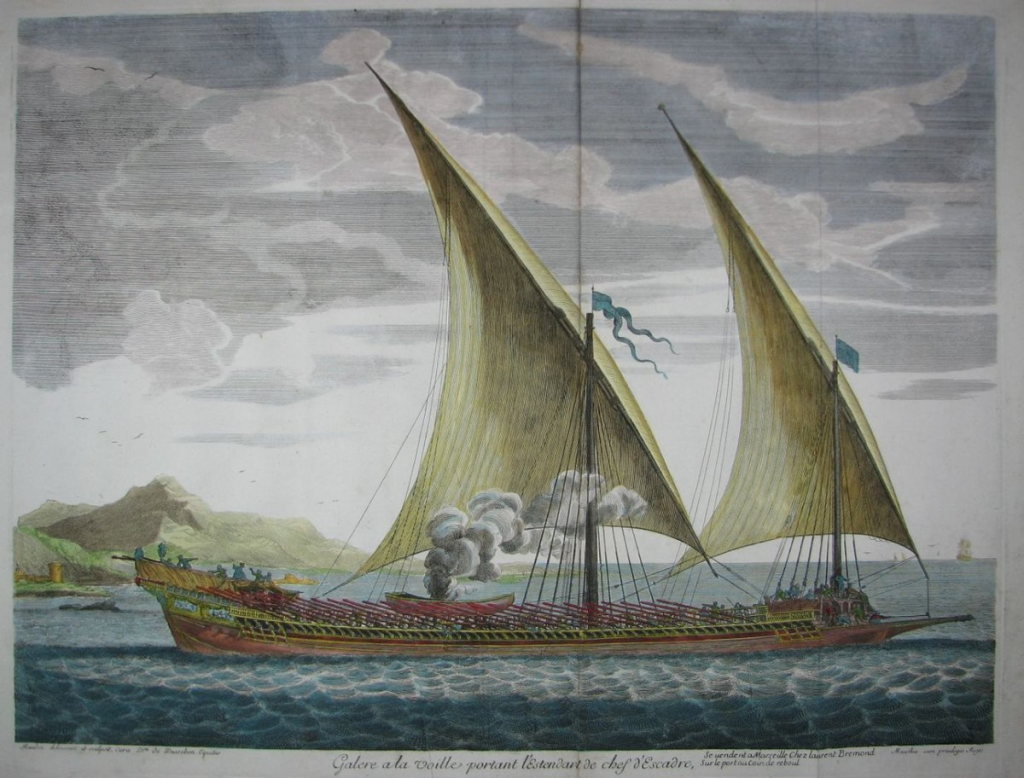
The Tessar Contes, or 40-row galley, stands out as one of the most extraordinary vessels of antiquity. Constructed in the 3rd century BC, this ship was described by ancient sources as measuring over 420 feet in length, making it the largest human-powered vessel ever recorded.
Despite its impressive dimensions, the Tessar Contes was primarily a prestige vessel rather than an effective warship. Its construction posed significant engineering challenges, and its immense size made it difficult to maneuver, highlighting the complexities of ancient naval engineering.
2. Viking Longships
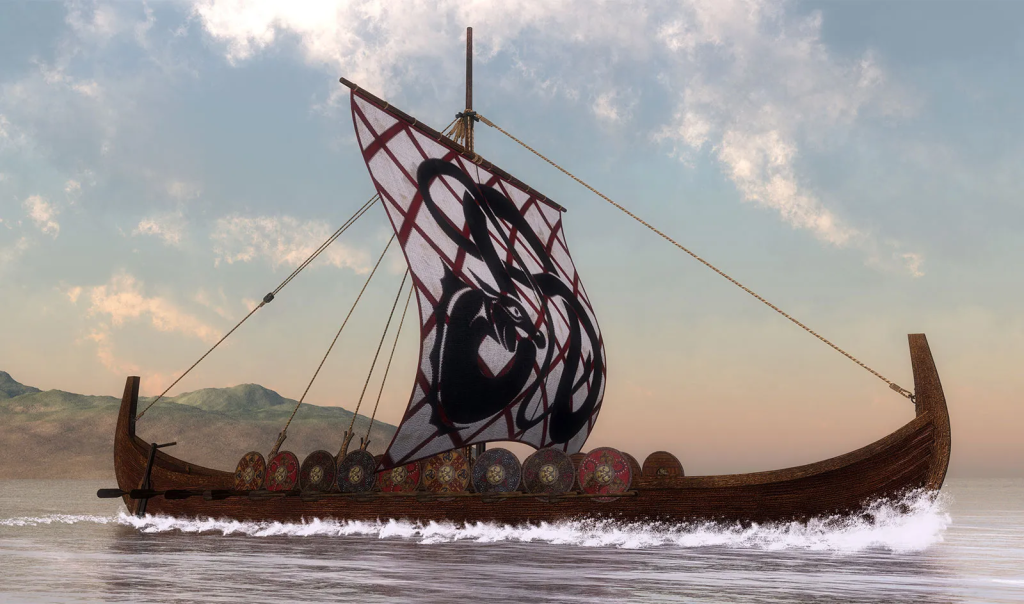
The enduring effectiveness of Viking Longships during the Norse expansion of the 8th to 11th centuries is a subject of fascination. These iconic vessels were designed to navigate a wide range of maritime conditions, showcasing the ingenuity and adaptability of Viking seafarers.
Equipped with sails and rows of oars, Viking longships could harness the power of the wind while maintaining agility in calm waters. Their menacing appearance and strategic design instilled fear in those witnessing their arrival, leaving a lasting legacy in shipbuilding history.
1. Ancient Submarines
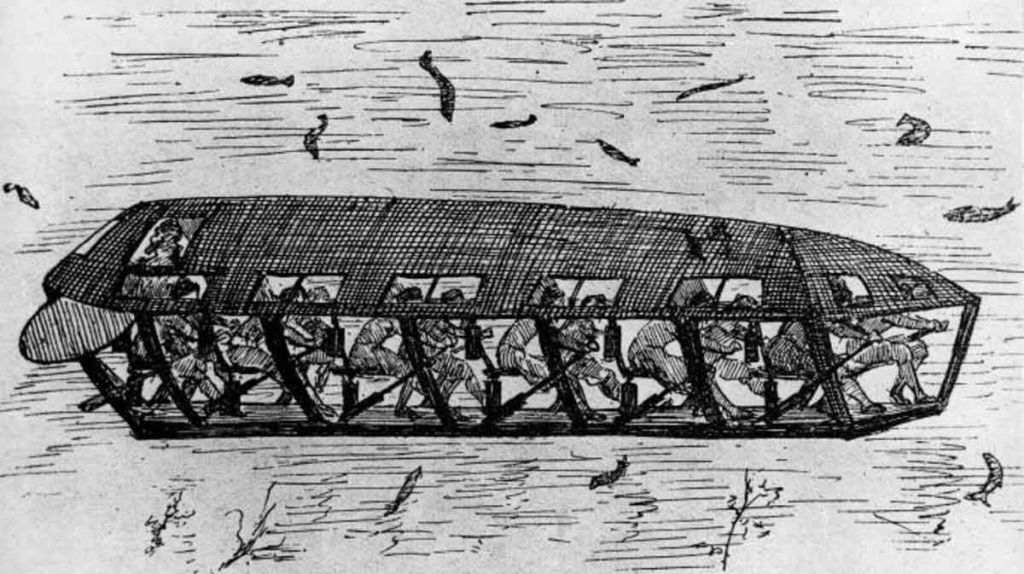
The history of submarines reaches back into antiquity, with early concepts and designs dating back to ancient times. While modern submarines are often associated with steel behemoths, the idea of exploring underwater realms has captivated human imagination for millennia.
The first confirmed building of a submarine occurred in 1620 by Cornelius Drebbel, utilizing ores for propulsion and featuring innovative technologies. Subsequent advancements in submarine technology laid the groundwork for future innovations in underwater warfare and exploration, influencing generations of designers and engineers.








